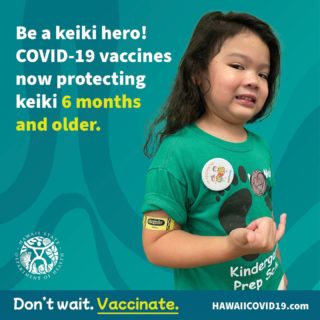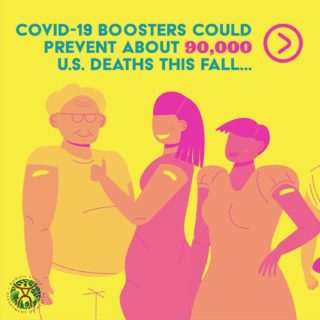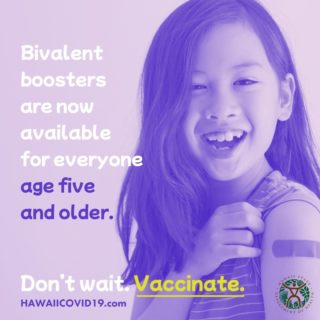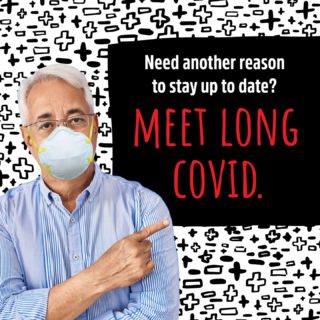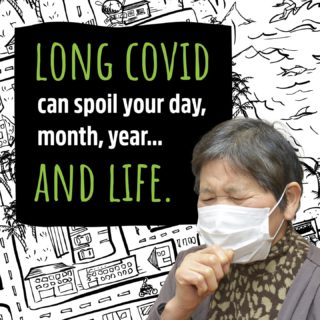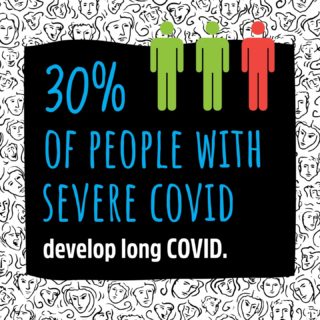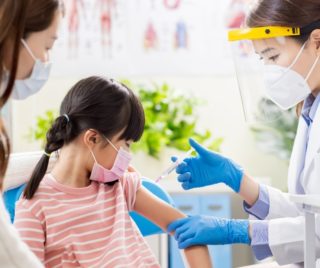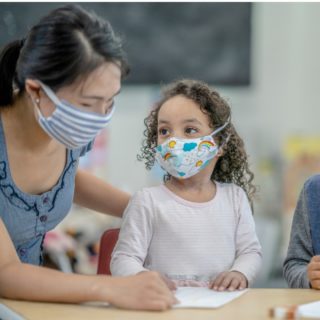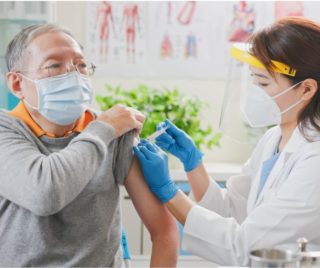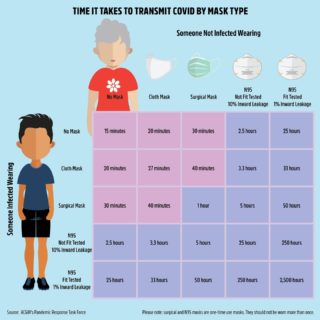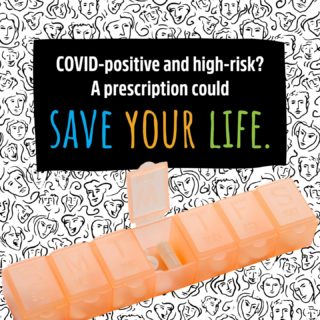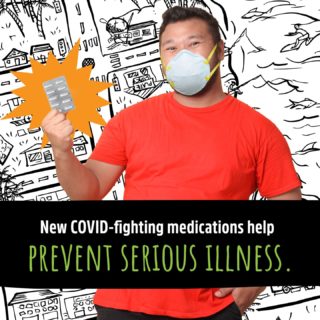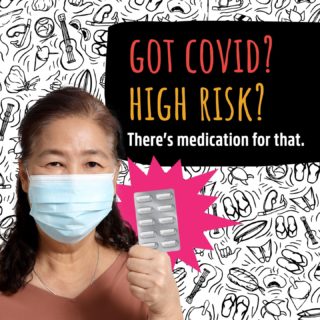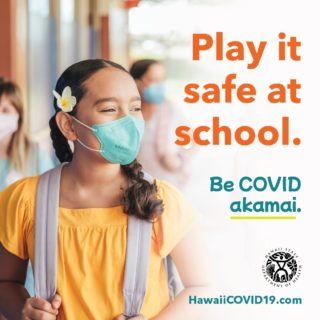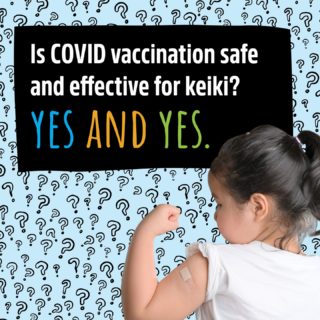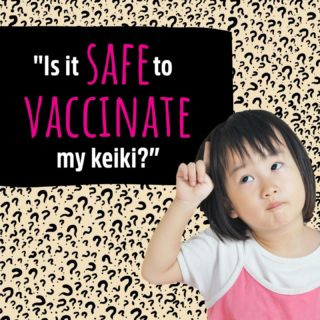The amount of time the virus can survive depends on whether it’s airborne or if it’s landed on something – and what type of surface it landed on. Even though the virus can survive for days once it’s landed on something, studies show the risk of becoming infected from surface contact is low. Most infections are passed on from moisture from an infected person like breath droplets, tears, runny nose, etc.
The risk is much higher when the virus is airborne in breath droplets. Some studies show the most dangerous transmission period for breath droplets (the time before 50% of the virus becomes ineffective) could range from 20 minutes up to 3 hours (although the study showing 20 minutes is still under peer review and not yet confirmed by other independent studies).
A couple of things to note:
• The studies took place in air that was 50% humidity. Researchers think that air that is more humid (like in Hawai‘i) could allow the virus survive longer
• Prolonged exposure to an infected person increases the risk of infection significantly, especially if that person’s out breath is harder or more frequent – for example, coughing, sneezing, yelling, or singing
• Exposure in a confined space also increases the risk of infection
So, according to researchers, whatʻs the best way of decreasing the odds of infection?
• Being vaccinated and boosted
• Wearing a mask in crowds or around people whose vaccination status you don’t know – especially indoors
• Staying physically distanced around people whose vaccination status you don’t know
Sources: https://www.cdc.gov/coronavirus/2019-ncov/more/science-and-research/surface-transmission.html (CDC)
https://www.bristol.ac.uk/news/2021/june/covid19-maskwearing.html (Bristol University)
https://www.medrxiv.org/content/10.1101/2022.01.08.22268944v1 (Bristol University, under peer review)
Updated 06/01/2022

